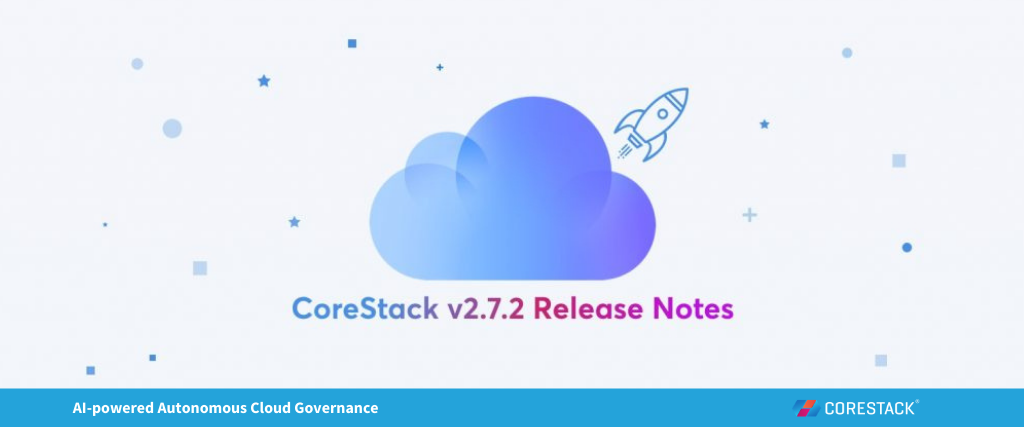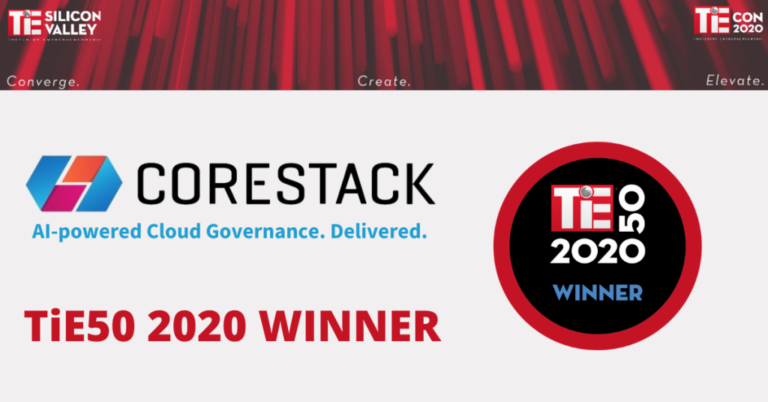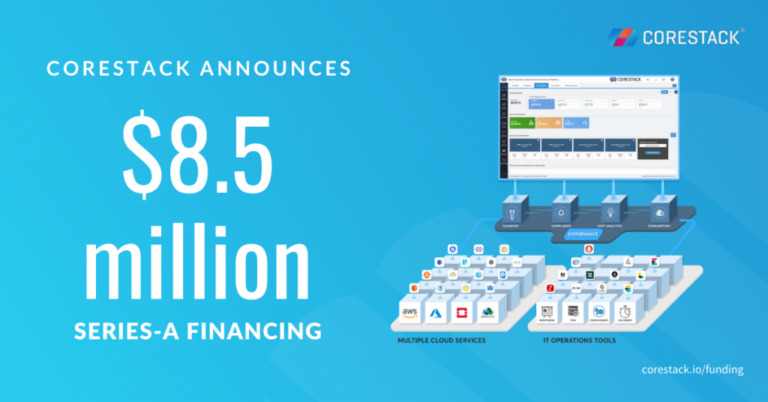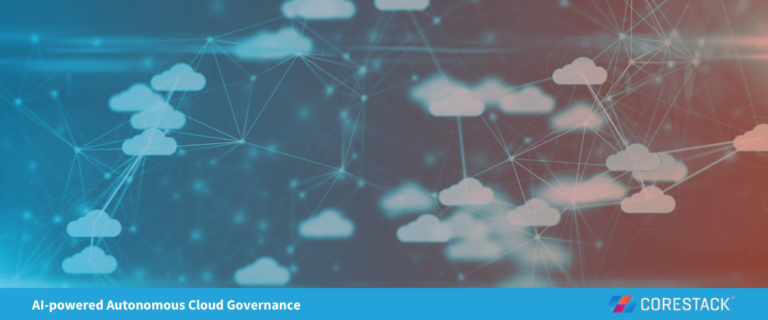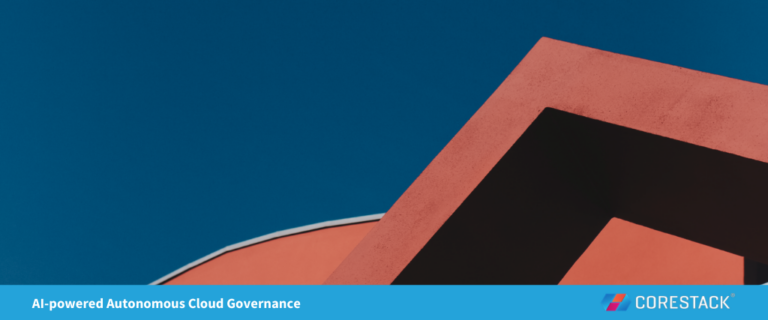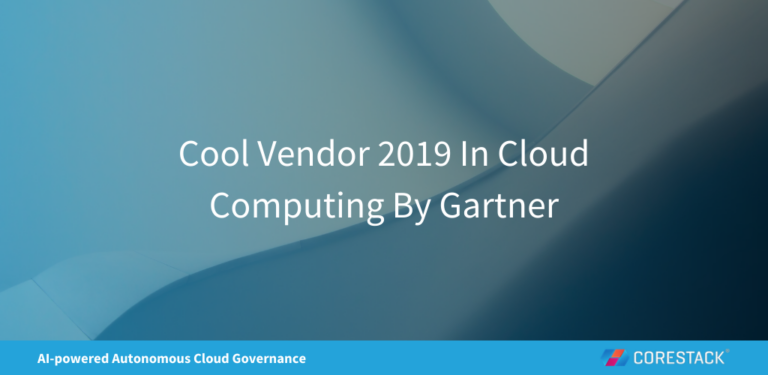What’s New With CoreStack 2.7.2
In our December update, we continue to work with our customers and partners to deliver the leading Cloud Governance Platform on the market. The release includes supporting Terraform templates, adding further details to view the usage of Inventory resources, providing a granular feature in reporting and now supporting AWS Lambda as part of AWS governance:
Automating cloud provisioning using Terraform
Terraform is ‘infrastructure as code’ automation software used to define infrastructure components in a high-level scripting language. CoreStack supports creating and executing Terraform templates in .tf, JSON or YAML formats.
Users can Plan & Execute and Execute Terraform Templates. Templates can be uploaded from local or Github files.
Inventory Utilization
Users are now provided with the utilization graph for resources
Utilization graph is populated for resources that are running more than 24 hrs. As of CoreStack v2.7.2, the following resources will display utilization graph
| Cloud | Resources |
| Azure | VM |
| AWS | Instances, S3 Buckets, AWS Lambda |
Drilldown
Some the Reports have further drilldown to help our users get granular data on their reports. As of CoreStack v2.7.2, only the following reports will have drilldown
- Cost Usage Reports -> Daily Cost by Cloud Accounts
- Self Service Reports -> Orders by Cloud Account
Note that there is further drilldown available for Self Service Reports -> Orders by Cloud Account. Effectively a user can further dive into the reports; Self Service Reports -> Orders by Cloud Account -> Order Detail By User
AWS Lambda
CoreStack now supports AWS Lambda support. We can onboard, create templates and request catalog
Account Onboarding:
A user can now add and view AWS Lambda service as part of their AWS account onboarding
Order Placement:
A user can now order AWS Lambda from CoreStack App Catalog. The precondition to ordering AWS Lambda is to have the function available (as a zip) in S3Bucket. This will create the Lambda function from the existing S3 bucket already available with the account.
Here on, the user needs to enter details and click on ‘PLACE ORDER’
Template or Workload Creation:
The user can create and execute an AWS Lambda template or workload as well.

